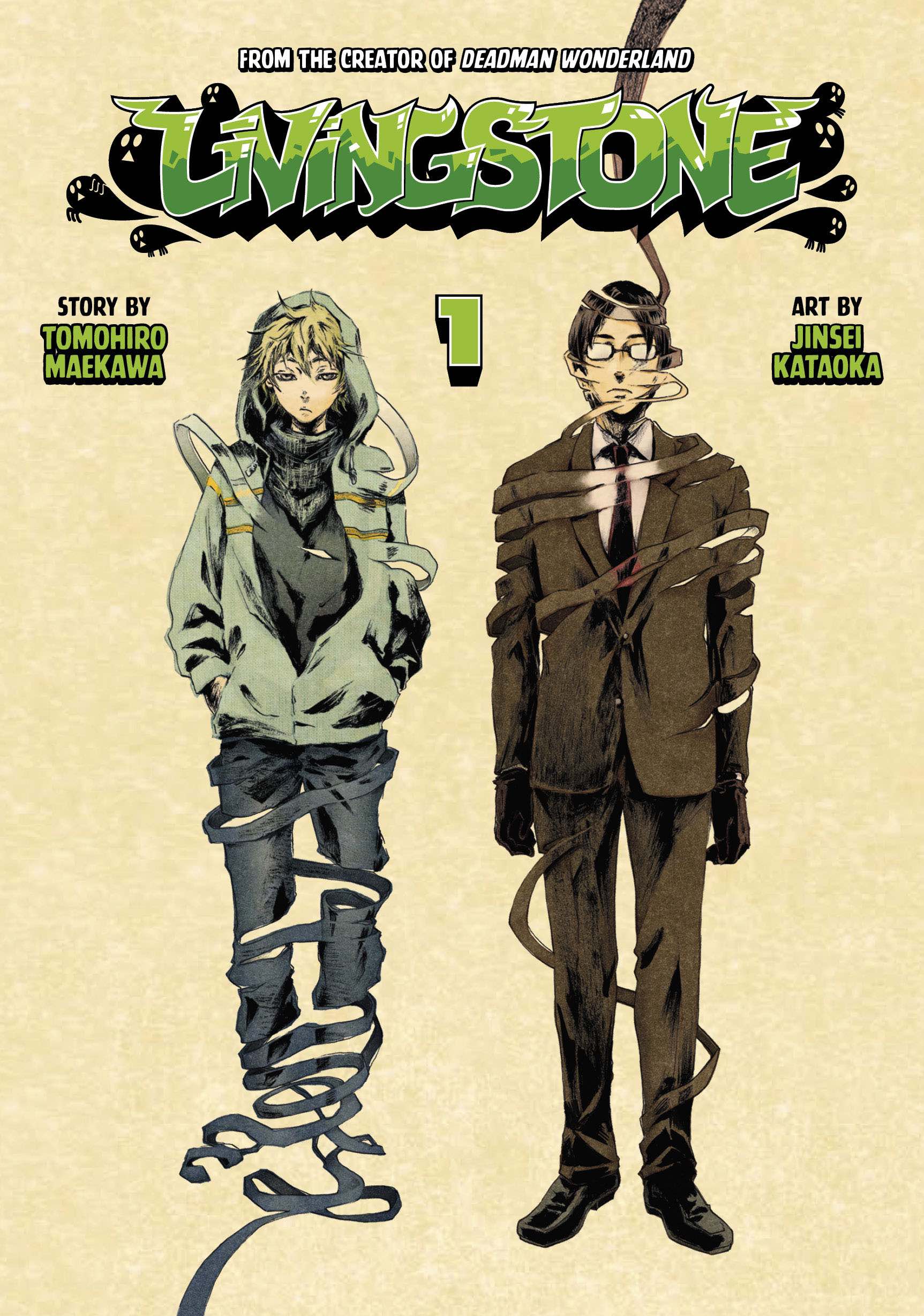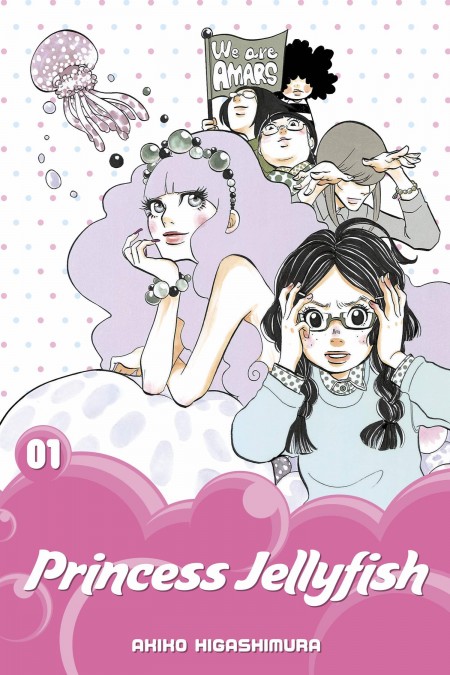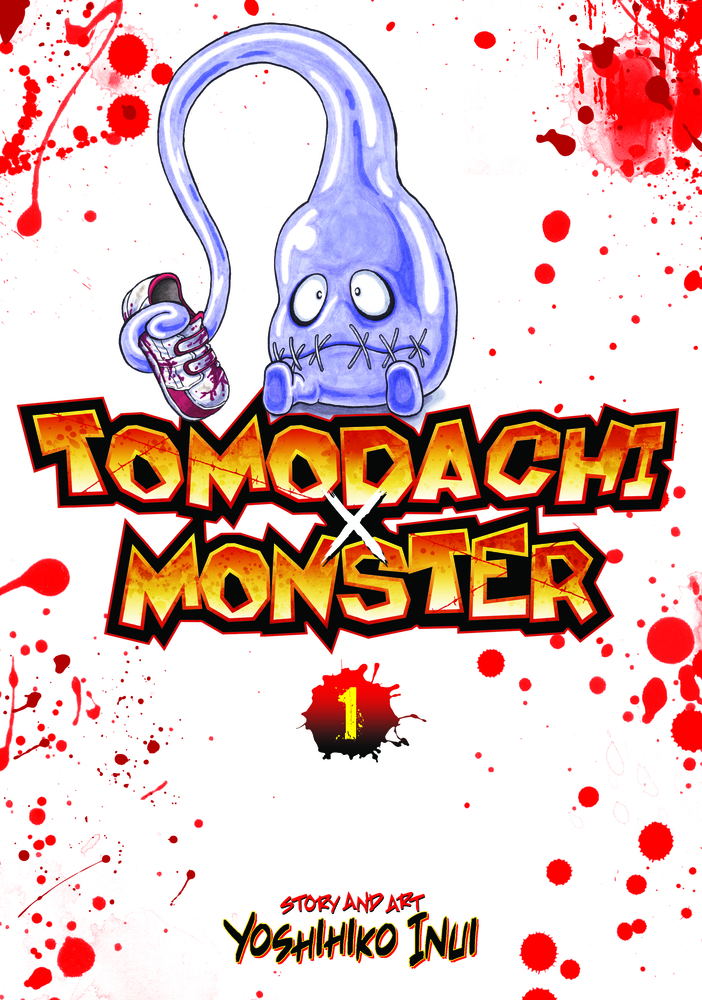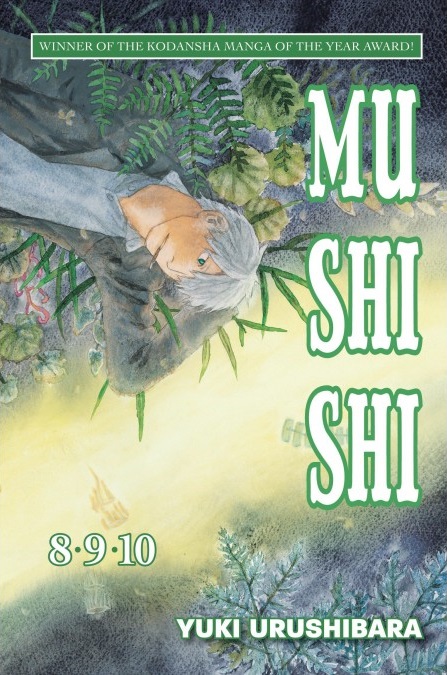My News and Reviews A couple of different things were posted at Experiments in Manga last week. For starters, since it's the end of one month and the beginning of another, it's time for another …
Continue Reading about My Week in Manga: March 28-April 3, 2016 →





